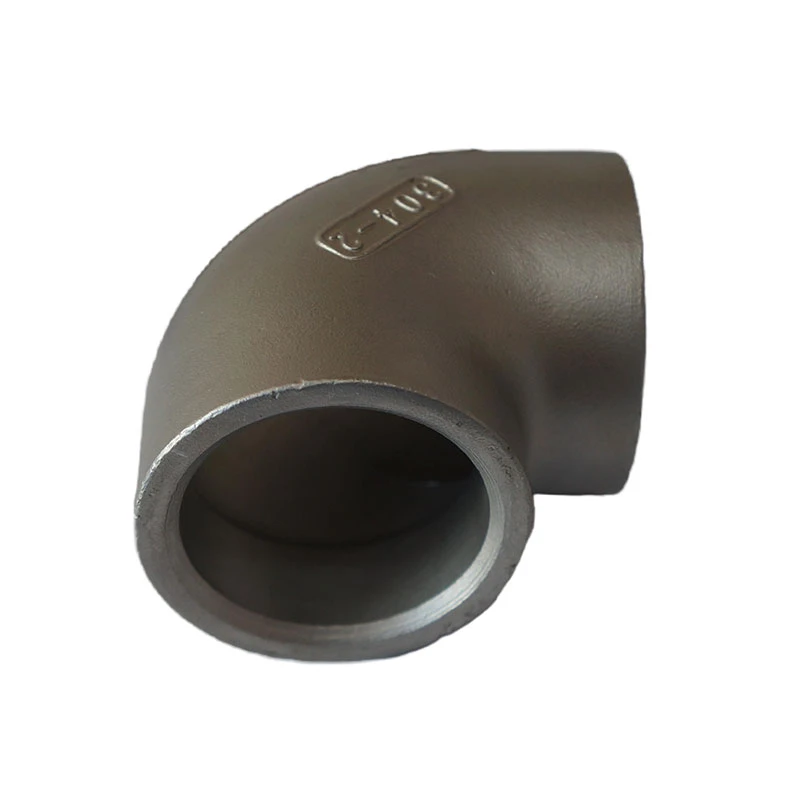Advancements in Ultra-Precision Machining Techniques for Enhanced Manufacturing Accuracy and Efficiency
Ultra Precision Machining Revolutionizing Manufacturing
In the ever-evolving landscape of manufacturing, the quest for precision has led to the emergence of ultra precision machining (UPM). This advanced technology enables the fabrication of components with tolerances in the micrometer range and surface finishes that can be measured in nanometers. UPM is not just a subset of traditional machining; it represents a significant leap forward, catering to the demands of high-tech industries such as aerospace, medical devices, optics, and electronics.
Understanding Ultra Precision Machining
Ultra precision machining refers to the processes that achieve exceptionally fine tolerances and surface finishes. Unlike conventional machining techniques that can vary widely in their degree of precision, UPM employs advanced tools, machines, and techniques designed explicitly for high accuracy. This typically involves the use of diamond cutting tools, high-speed spindles, and sophisticated machine control systems that utilize computer numerical control (CNC) technology.
At the heart of UPM lies the principle of minimizing defects and maximizing repeatability. This is achieved through meticulous control of environmental factors, such as temperature and vibrations, which can impact the machining process. The use of specialized materials and advanced design techniques also plays a crucial role, allowing manufacturers to push the boundaries of what can be achieved.
Applications of Ultra Precision Machining
The applications of ultra precision machining are vast and varied. In the aerospace industry, UPM is employed to manufacture critical components like turbine blades, fuel injectors, and structural parts, all of which require extraordinary precision to ensure optimal performance and safety. Similarly, in the medical field, UPM is pivotal in creating surgical instruments and implants. For example, hip and knee replacements demand extremely precise machining to ensure proper fit and function.
The optics industry also greatly benefits from UPM, particularly in the production of lenses and mirrors that require flawless surface quality. Telescopes, cameras, and various optical systems depend on this technology to achieve the clarity and performance needed for their applications. Additionally, the electronics sector utilizes UPM for fabricating microchips and circuit boards, where minute dimensions and precise features are crucial for device functionality.
ultra precision machining

The Benefits of Ultra Precision Machining
One of the most significant advantages of ultra precision machining is its ability to reduce manufacturing costs over the long term. Although the initial investment in UPM technology can be considerable, the precision and efficiency gained lead to lower rates of material waste and the potential for reduced rework. This is particularly important in industries where materials can be expensive and production times strictly controlled.
Moreover, ultra precision machining contributes to enhanced product performance and reliability. Components produced with high precision not only meet stringent regulatory standards but also provide increased durability and reduced failure rates. This is especially vital in high-stakes applications such as aerospace and medical devices, where even the slightest defect can have dire consequences.
Challenges in Ultra Precision Machining
Despite its many advantages, ultra precision machining does come with challenges. The complexity of UPM processes requires skilled operators who are well-versed in advanced machining concepts and technologies. Additionally, the high degree of precision can often lead to longer lead times, which may not align with fast-paced market demands.
Furthermore, ensuring consistency and repeatability in UPM processes calls for ongoing investment in technology and training. As industries shift toward ever-increasing levels of customization and rapid prototyping, the challenge for UPM lies in maintaining its precision while adapting to new production methods.
Conclusion
Ultra precision machining is at the forefront of modern manufacturing technologies, driving innovation across multiple sectors. By enabling the creation of highly precise components, UPM not only enhances product performance but also supports the development of cutting-edge technologies that define contemporary life. As the demand for precision continues to rise, the future of ultra precision machining looks promising, with advancements that could further revolutionize manufacturing processes around the globe.
-
OEM Sand Cast Pump Valve Fittings - Baoding Hairun | Precision Engineering, CustomizableNewsJul.30,2025
-
OEM Sand Cast Pump Valve Fittings - Baoding Hairun Machinery And Equipment Trading Co., Ltd.NewsJul.30,2025
-
OEM Sand Cast Pump Valve Fittings - Baoding Hairun Machinery And Equipment Trading Co., Ltd.NewsJul.30,2025
-
OEM Sand Cast Pump Valve Fittings - Baoding Hairun Machinery|Precision Engineering&Fluid ControlNewsJul.30,2025
-
OEM Sand Cast Pump Valve Fittings - Baoding Hairun Machinery And Equipment Trading Co., Ltd.NewsJul.30,2025
-
OEM Sand Cast Pump Valve Fittings-Baoding Hairun Machinery And Equipment Trading Co., Ltd.NewsJul.30,2025















